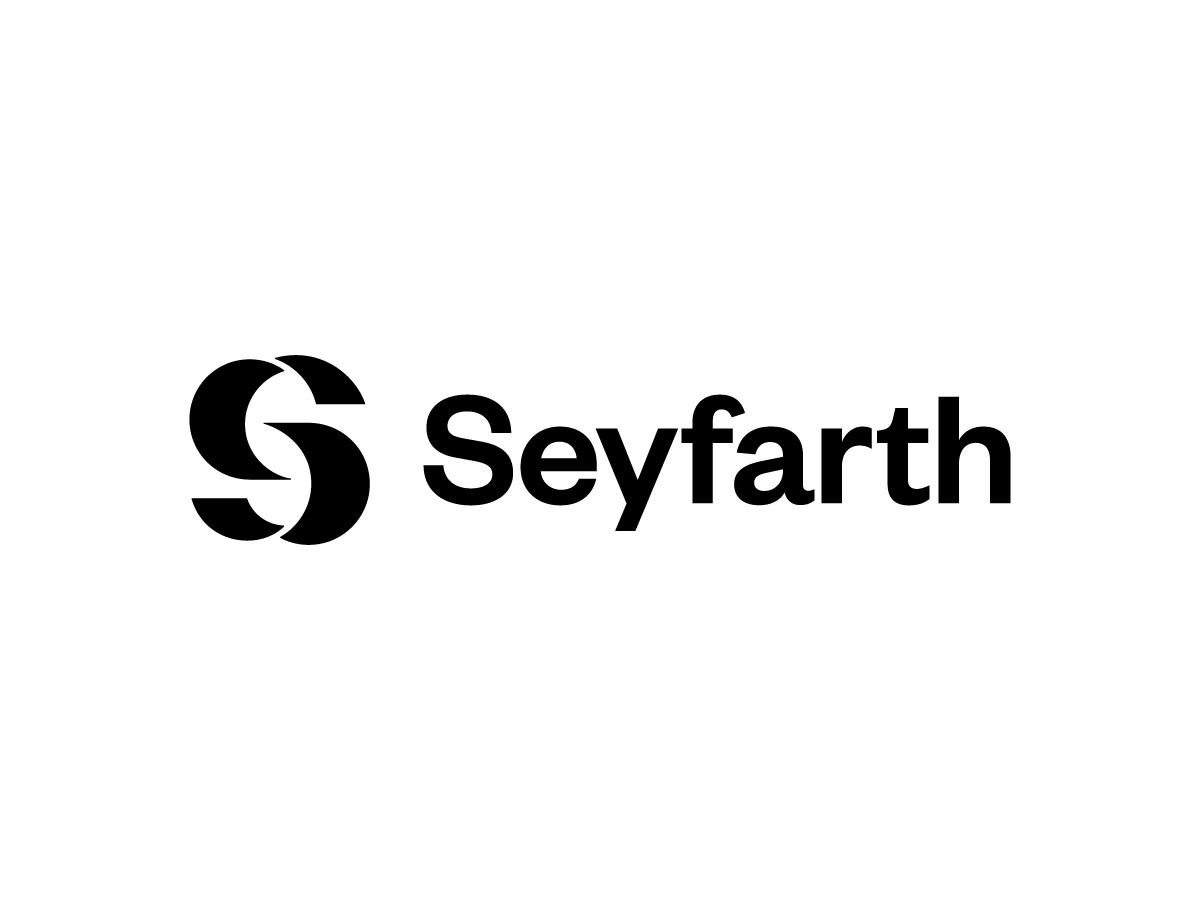Ready for the Flood of Litigation Against Federal Agencies? | Axinn, Veltrop & Harkrider LLP
[co-author: Ian Swan]
Today, the Supreme Court heard oral arguments in two related cases that may have a significant impact on litigation against federal agencies – Loper Bright Enterprises v. Raimondo and Relentless v. Department of Commerce. The Court’s ruling could decide the fate of Chevron deference, a cornerstone of American administrative law. A series of cases in recent years have signaled that the Court is likely ready to move away from Chevron deference. And today, the justices’ questions indicate that the Court will almost certainly narrow Chevron or overturn it entirely, paving the way for an influx of challenges to decisions made by federal agencies, including FDA.
The Court’s more conservative justices seemed largely unpersuaded by the Solicitor General’s arguments for maintaining some form of Chevron deference. Justices Gorsuch, Kavanaugh, and Alito questioned the doctrine’s real-world workability, its impacts on legal stability and uniformity, and even its constitutionality.
The Court’s more liberal justices framed the debate as a choice between delegating interpretive authority to Agency experts, who are ultimately accountable to the public through the next presidential election, and unelected judges, who are usually appointed for life. In fact, Justice Brown Jackson went so far as expressing concern about judges becoming “uber-legislators” in the absence of Chevron deference. Perhaps seeking a compromise position, Justices Kagan and Sotomayor advocated for a clearer definition of “ambiguity” under Chevron’s step one, so that courts would have clearer guidance on which cases should proceed to step two of the Chevron analysis.
Both liberal and conservative justices grappled with what it would look like to “Kisor-ize” Chevron. That would require the Court to determine whether there is a genuine statutory ambiguity by exhausting all the standard tools of statutory interpretation before proceeding to Chevron step two. But, as Justice Alito noted, courts in cases not involving an agency interpretation cannot exhaust the tools of statutory interpretation and then defer to another authority; they must always find a landing spot after applying the statutory interpretation tools.
Notably, both the Court’s more liberal justices and the Solicitor General suggested placing more emphasis on whether there was truly a statutory ambiguity in Chevron’s step one, tacitly acknowledging that the Chevron analysis is likely to at least be modified, if not overturned entirely. Justice Coney Barrett’s questions suggested that she is more skeptical of abandoning Chevron entirely compared to some of her conservative colleagues.
In today’s oral arguments, the justices’ questions indicate that many are – at a minimum – skeptical about the continued viability of Chevron deference. It seems that even Chevron proponents recognize that judges should take a more active role in interpreting statutes and limit broad deference to agency interpretations.
As the Supreme Court prepares to narrow or eliminate the Chevron doctrine, a decision in these cases will likely define how administrative agencies function over the coming decades. An outcome that narrows or eliminates Chevron deference will undoubtedly lead to an uptick in litigation challenges and greater scrutiny of administrative decisions.
“The case is one of the most consequential to come before the justices in years. . . . It would very likely sharply limit the power of many federal agencies to regulate not only fisheries and the environment, but also health care, finance, telecommunications and other activities, legal experts say.
www.nytimes.com/…





